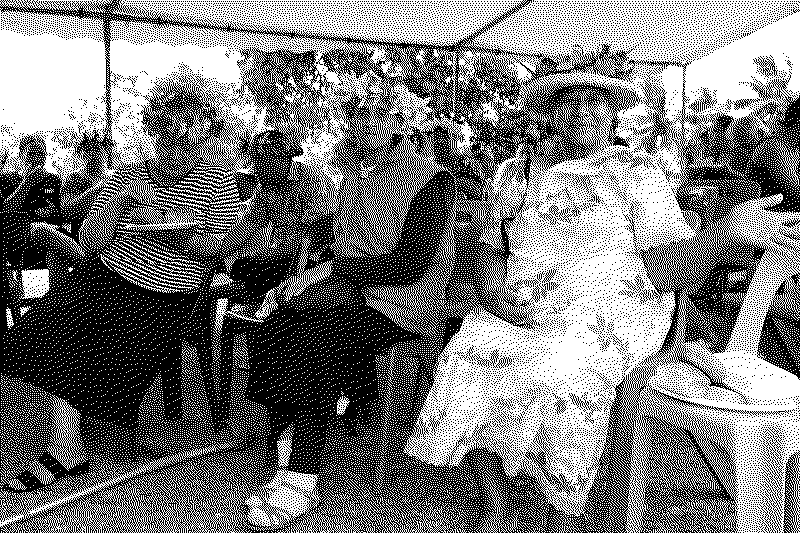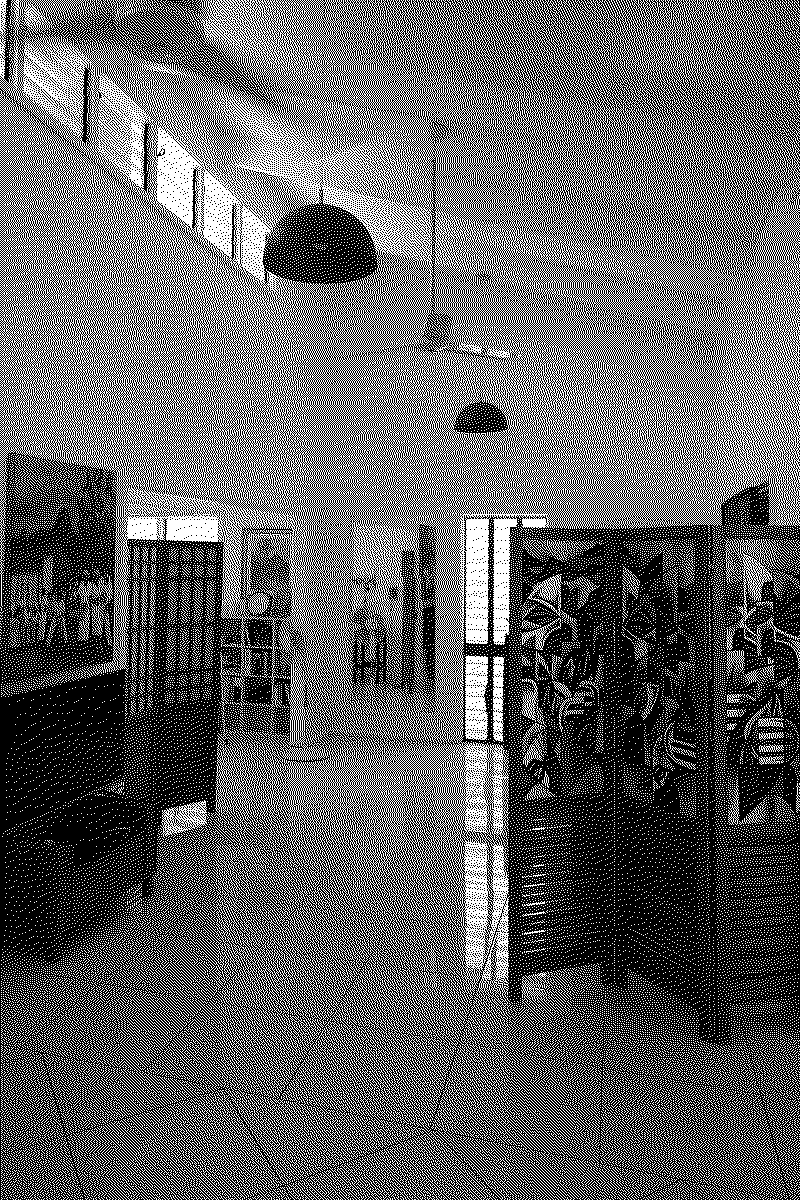Roderick Dixon
As an 'outsider historian', that's how Roderick Dixon defines himself and behaves accordingly. He sits back, studies, makes an opinion and delivers it in a reserved manner. That is also how we meet him for the first time, at the presentation of a book at Mangaia's Cultural and Historical Society. Dixon has co-authored the book but he leaves the honors to the 'principal authorities' who enriched the book with their lifelong experiences. They are Mrs Tangatakerekere Ruato'e (Mama Tako), Mrs Teremoana Tangianau Tutu (Mama Tere) and Mrs Metuamaru Gallagher, and on the first pages of the book they appear on photographs, wearing magnificent Head Eis. They wear the garlands too at the book launch.

It is typical of Roderick Dixon too that he's pretty much retired from public life in Rarotonga, where he was the Director of the University of the South Pacific for 16 years. Now he lives on Mangaia, the second biggest island of the Cook Islands archipelago and also its most quirky when it comes to central government policies.

Dixon has been a source of insights and transmitted knowledge on Mangaia's intriguing pasts. But he hasn't stopped writing. The Cook Islands News regularly publishes his contributions. He hasn't stoped discussing either, but only in private at his spatious house on a hill. There we learn about patterns in settler colonialism and parallels with how surveyors measured the land, in Australia and elsewhere, to prepare for foreigners to take hold of it. And still, in a way Roderick Dixon remains mysterious. Where's he from, for example: we do not know.